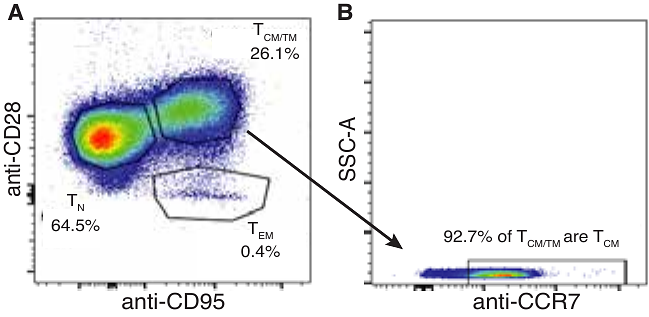Modeling simian immunodeficiency virus (SIV) latency in primary rhesus macaque CD4+ T cells

Modeling simian immunodeficiency virus (SIV) latency in primary rhesus macaque CD4+ T cells
Matschke, L. M.; Reynolds, M. R.
AbstractSimian immunodeficiency virus (SIV)-infected rhesus macaques are valuable models for HIV cure research, offering insights into tissue reservoirs and enabling the evaluation of reservoir-reduction strategies. However, low frequencies of latently infected cells in vivo limit mechanistic studies of viral latency ex vivo. While in vitro latency models have advanced our understanding of HIV persistence, comparable models for SIV are lacking. To address this gap, we developed an in vitro model of SIV latency in primary rhesus macaque CD4+ T cells. Our optimized cell culture conditions promote viral entry into CD4+ T cells with minimal cellular activation or proliferation. After 12 days in culture, 1--3.3% of cells harbored SIV DNA, primarily as intact proviruses within central and transitional memory CD4+ T cell subsets. These cells remained quiescent, exhibiting minimal spontaneous viral protein production, but could be reactivated by T-cell stimulation and benchmark latency-reversing agents. Collectively, this model generates SIV-latently infected cells that resemble predominant cellular reservoirs in vivo--quiescent memory CD4+ T cells carrying inducible proviruses. This system provides a platform to investigate mechanisms of SIV latency, identify shared and virus-specific features of HIV and SIV persistence, and evaluate strategies to reactivate viral reservoirs.